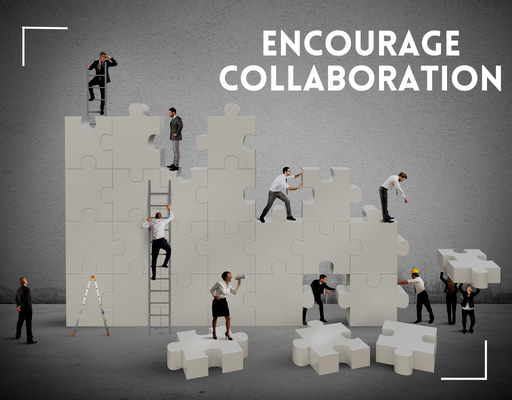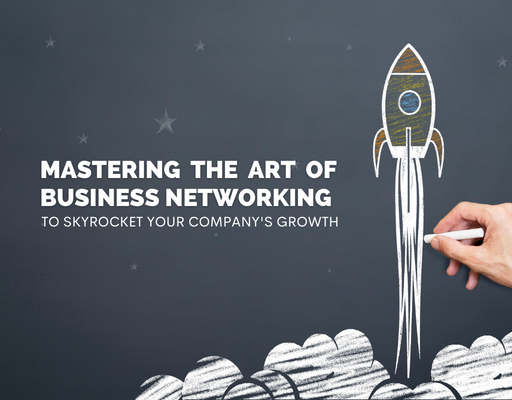As a business owner, you know that success depends on a variety of factors. One of the most important of these is the people you hire. It’s not just about finding the right skills and experience, though – it’s also about building a team that is diverse and inclusive.

Diversity and inclusion are not just buzzwords – they are crucial for businesses of all sizes. By embracing these principles, you can not only build a more effective and productive team, but also create a workplace that is welcoming and respectful to all.
Why Diversity and Inclusion Matter
The benefits of diversity and inclusion are clear. First and foremost, a diverse team brings a range of perspectives and experiences to the table. This means that you can approach problems from multiple angles, leading to more innovative and creative solutions. It also means that you can better understand and serve a diverse customer base.
In addition, a diverse and inclusive workplace is more attractive to job seekers. Top talent wants to work for companies that value diversity and create an environment where everyone feels valued and included.
Beyond these practical benefits, diversity and inclusion are simply the right thing to do. Every individual deserves to be treated with respect and dignity, regardless of their race, gender, sexual orientation, or any other characteristic.
Tips for Achieving Diversity and Inclusion
Building a diverse and inclusive team is not always easy, but it is worth the effort. Here are a few tips to get you started:
1. Start with a Plan
Before you can achieve diversity and inclusion, you need to have a plan in place. This should involve setting goals and creating a strategy for achieving them. You may want to consider hiring a diversity and inclusion consultant or creating a diversity and inclusion task force to help guide your efforts.

2. Recruit Diverse Candidates
To build a diverse team, you need to recruit diverse candidates. This may involve posting job openings in a variety of places, including job boards, social media, and professional associations. You may also want to partner with organizations that focus on promoting diversity in the workplace.
3. Create an Inclusive Environment
Simply hiring diverse employees is not enough – you also need to create an environment where everyone feels welcome and valued. This may involve offering training on diversity and inclusion, creating employee resource groups, and ensuring that your policies and practices are fair and equitable.

4. Encourage Open Communication
One of the most important aspects of creating an inclusive workplace is encouraging open communication. This means creating a culture where employees feel comfortable sharing their thoughts and ideas, and where feedback is welcomed and valued.
5. Celebrate Differences
Finally, it’s important to celebrate the differences that make your team unique. This means recognizing and valuing the diverse backgrounds, experiences, and perspectives of your employees. By doing so, you can create a culture that is not just diverse and inclusive, but also dynamic and inspiring.

An Analogy: The Puzzle Pieces
Diversity and inclusion can be compared to a jigsaw puzzle. Each piece of the puzzle represents an individual with unique skills, experiences, and perspectives. When all the pieces are put together, the puzzle is complete – just like a diverse and inclusive team is stronger and more effective than one made up of identical individuals.
The importance of diversity and inclusion in the workplace cannot be overstated. By embracing these principles, businesses can create a more effective and productive team, as well as a workplace that is welcoming and respectful to all. By setting goals, recruiting diverse candidates, creating an inclusive environment, encouraging open communication, and celebrating differences, business owners can take practical steps to achieve diversity and inclusion in their businesses. And by doing so, they can create a workplace that is not just successful, but also reflective of the world around us. As the quote from Malcolm Forbes says, “Diversity: the art of thinking independently together.”






















